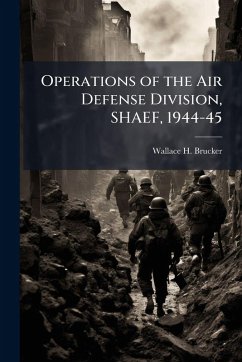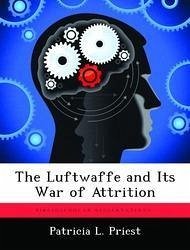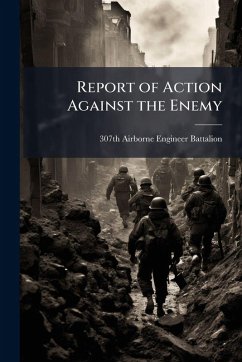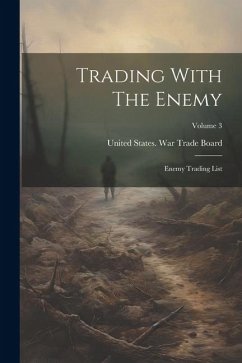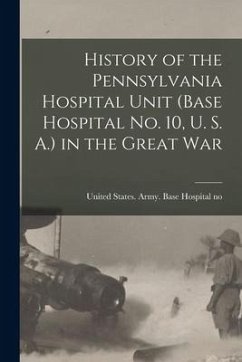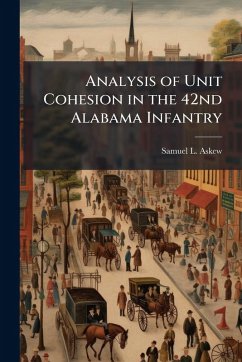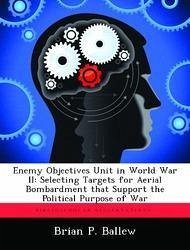
Enemy Objectives Unit in World War II
Selecting Targets for Aerial Bombardment That Support the Political Purpose of War
Versandkostenfrei!
Versandfertig in über 4 Wochen
15,99 €
inkl. MwSt.

PAYBACK Punkte
8 °P sammeln!
In June of 1942, Eighth Air Force deployed to Great Britain and began preparation for a bombing campaign. However, during the initial planning efforts it became apparent the staff lacked the expertise needed to analyze and recommend bombing targets. Colonel Richard Hughes, the Chief Planner for American Air Forces in Europe, recognized this deficiency and requested a team to assist with target selection. The Enemy Objectives Unit (EOU), a team of civilian economists, began arriving in London in September 1942 to support the Eighth Air Force. While formally assigned to the United States Embassy...
In June of 1942, Eighth Air Force deployed to Great Britain and began preparation for a bombing campaign. However, during the initial planning efforts it became apparent the staff lacked the expertise needed to analyze and recommend bombing targets. Colonel Richard Hughes, the Chief Planner for American Air Forces in Europe, recognized this deficiency and requested a team to assist with target selection. The Enemy Objectives Unit (EOU), a team of civilian economists, began arriving in London in September 1942 to support the Eighth Air Force. While formally assigned to the United States Embassy in London, for practical purposes the team worked for Colonel Hughes. Using their economic expertise, EOU members studied the German industrial complex to identify vulnerabilities and then recommend to planners and senior leaders those industries the United States Strategic Air Forces in Europe should target. Taking an effects-based approach, the team sought to maximize the efficiency and effectiveness of United States' airpower to produce the greatest effects on Germany's war economy. The EOU's target selection methodology required intelligence data on enemy targets, an awareness of United States Army Air Forces bombing capabilities, and most importantly an understanding of military and political aims. To ensure selected targets aligned with military and political aims, the EOU regularly collaborated with air planning staffs and senior leaders. Three case studies highlight the interaction and collaboration that occurred between the EOU and Army Air Forces planners and leaders: prioritizing targets for Operation POINTBLANK, development of an Oil Plan following "Big Week" in February 1944, and the recommendation to strike bridges versus marshaling yards prior to Operation OVERLORD. Each of these case studies demonstrates that the integration and cooperation between the EOU and air force leaders and planning staffs ensured that targets selected for aerial bombardment supported This work has been selected by scholars as being culturally important, and is part of the knowledge base of civilization as we know it. This work was reproduced from the original artifact, and remains as true to the original work as possible. Therefore, you will see the original copyright references, library stamps (as most of these works have been housed in our most important libraries around the world), and other notations in the work. This work is in the public domain in the United States of America, and possibly other nations. Within the United States, you may freely copy and distribute this work, as no entity (individual or corporate) has a copyright on the body of the work. As a reproduction of a historical artifact, this work may contain missing or blurred pages, poor pictures, errant marks, etc. Scholars believe, and we concur, that this work is important enough to be preserved, reproduced, and made generally available to the public. We appreciate your support of the preservation process, and thank you for being an important part of keeping this knowledge alive and relevant.



